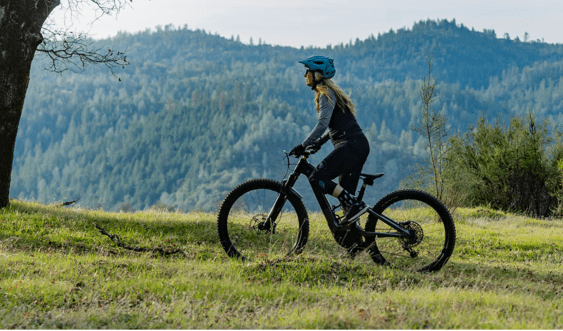
Michael Andersen blogs for The Green Lane Project, a PeopleForBikes program that helps U.S. cities build better bike lanes to create low-stress streets.
As American cities have looked for simple, cheap ways to get physical barriers between bikes and cars, they've been reminded of a sad truth: You get what you pay for.
Cheap and fast solutions like plastic posts can be good, of course -- especially in the world of protected bike lanes, where the primary role of such barriers isn't actually to control a careening vehicle but to give everyone on the street the accurate and reassuring sensation that bikes and cars are in fully separate spaces.
But there's still a problem: Once in a while, a driver will encroach enough to knock the posts down or tear them out.
Then there's the problem of street sweepers, which come in surprisingly small sizes but are sometimes inefficient to use with post-protected lanes.
Seattle, the U.S. city that's currently making the fastest progress on protected bike lanes, has found a simple solution: posts that fold neatly down.
Tuff Posts are a product of Impact Recovery Systems.

Unlike the lower-cost candlesticks that have been embraced by various cities, Seattle has invested a bit more up front -- $45 apiece for hardware, compared to $30 -- because the more flexible version is designed to take up to 50 impacts at 55 mph from any direction.
The Tuff-brand posts even fold down neatly when a street sweeper passes over them, Seattle City Engineer Dongho Chang said.
After a snowfall, the posts aren't so great. Chang said there are posts available for that situation that can be unscrewed in advance of a plowing action, but the base installation for those is "a little more complicated."
Chang and his colleagues now use the Tuff Posts for many protected bike lane projects as well as for low-cost road-level curb extensions that improve walking in the city.
"It pays for itself after the first hit," Chang said.
You can follow The Green Lane Project on LinkedIn, Twitter and Facebook or sign up for its weekly news digest about protected bike lanes.






